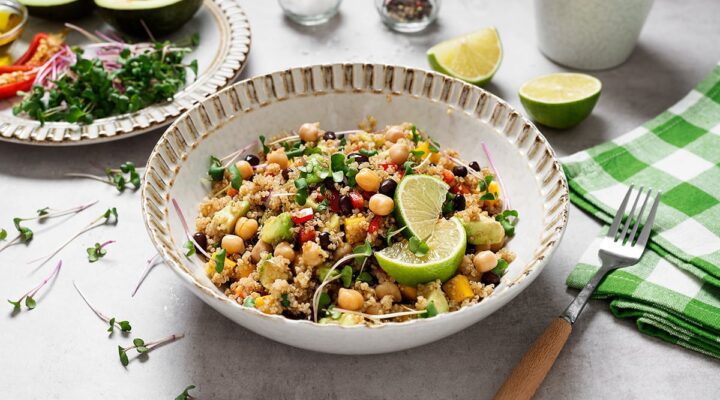Chef Adam Handling on How To Kickstart Your Way To a Zero-Waste Kitchen
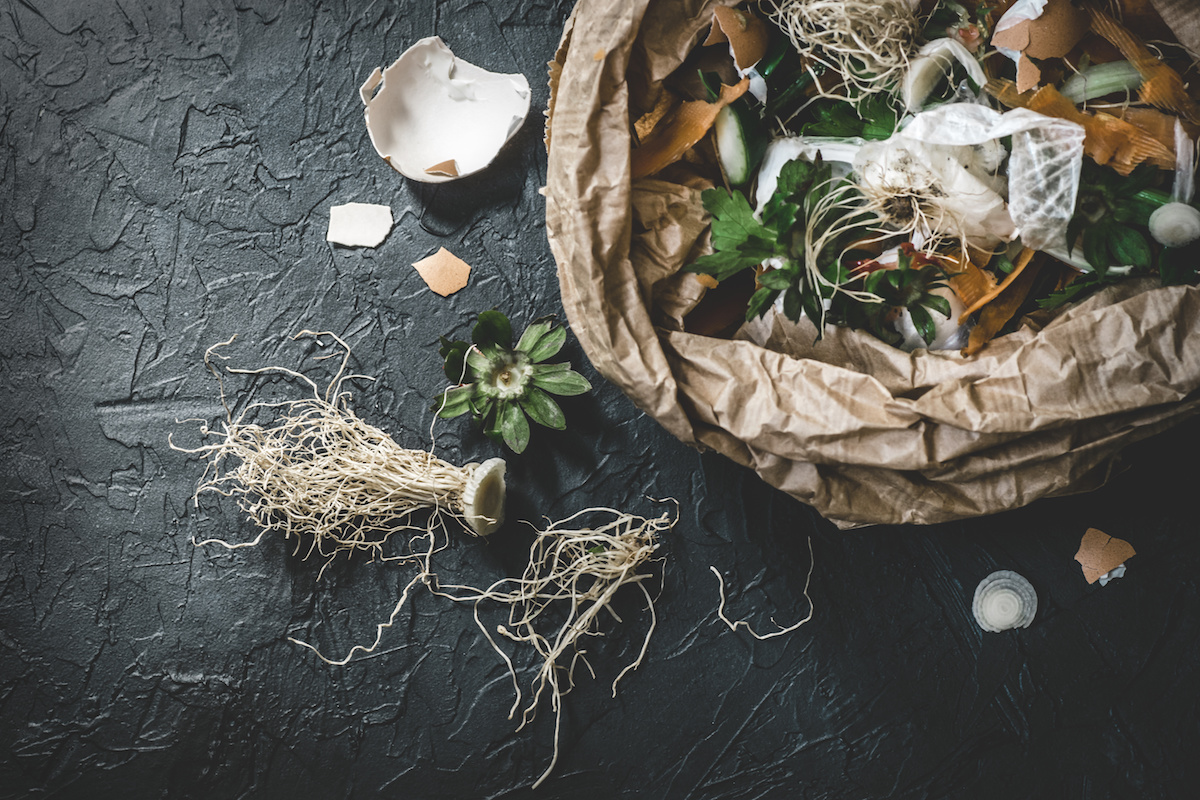
Chef Adam Handling has had an impressively quick rise to fame on the British food scene. After reaching the finals of season six of Masterchef: The Professionals in 2013, still in his early twenties, he has kick-started a new wave restaurant empire in the capital over the past seven years.
Today, he owns two Frog restaurants (one in Covent Garden, the other in Hoxton), two bars (Iron Stag in Hoxton and Eve in Covent Garden) and Hame by AH – a lockdown-inspired food delivery service that ships part-prepped versions of his dishes in biodegradable vacuum bags out to your home. Oh, and he’s also chef patron at the Adam Handling Chelsea restaurant at the Belmond Cadogan Hotel.
In short, he’s a busy guy, but not too busy to take stock of how the produce he uses to create his dishes impacts the environment.
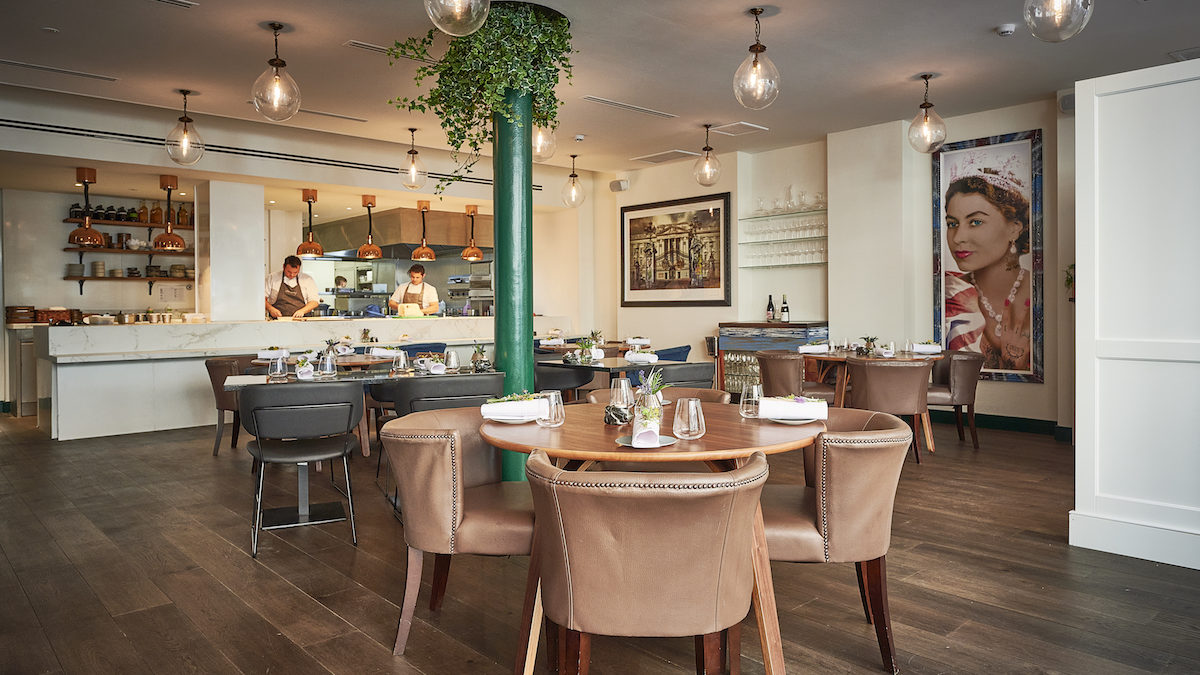
Frog Restaurant Covent Garden (Tim Green Photography)
Across all his various ventures, the idea of reducing waste in his kitchens is a top priority. Although sadly closed recently due to the effects of the pandemic on the hospitality industry, two of his other outposts – his Shoreditch deli, Bean & Wheat, and his Chelsea cafe-come-champagne bar, Ugly Butterfly – were both dedicated to exactly this. In fact, Ugly Butterfly was specifically set-up to find creative uses for the surplus food from Adam Handling Chelsea just down the road on Sloane Street.
All this goes to prove that if one of the most multitasking restauranteurs in London can think about making strides to ensure his kitchens are more environmentally and financially sustainable, us mere mortals and amateur foodies can too.
Here, we talk to the chef about the small changes we can make to our food prep routines to get closer to a zero-waste kitchen at home.
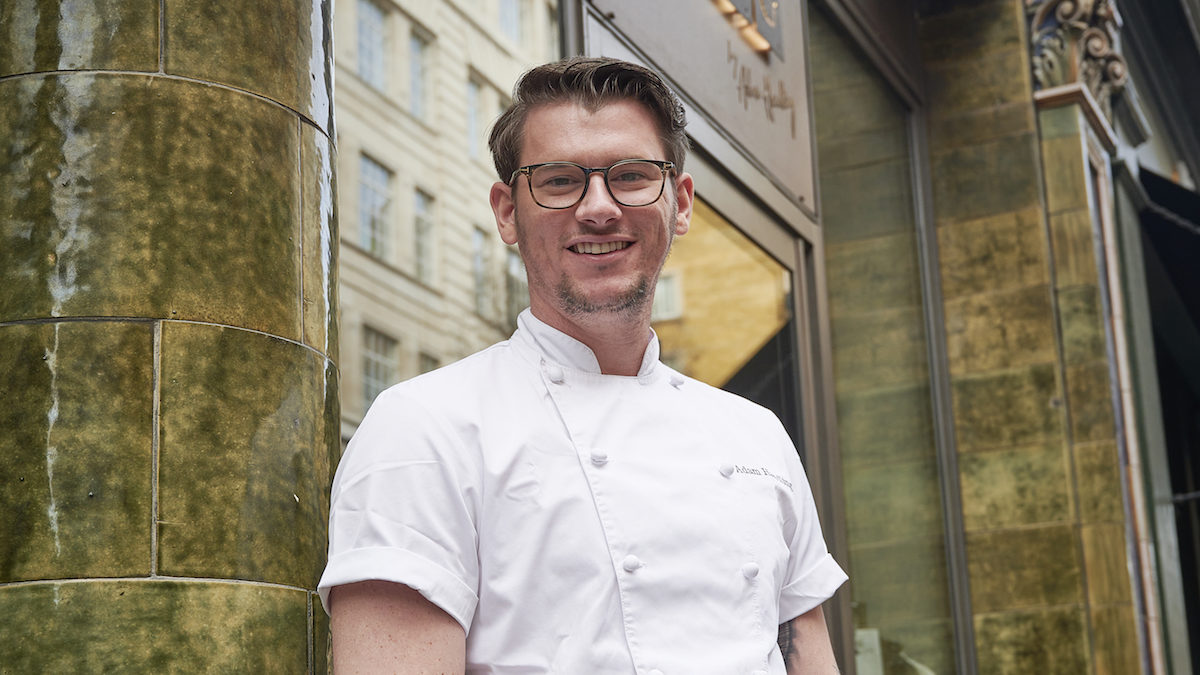
Tim Green Photography
5 Tips For A Zero Waste Kitchen
Having A Good, Sharp knife Is An Indispensable Start
It’s paramount when it comes to trimming your vegetable offcuts in a safe and effective way, which is obviously vital when it comes to ensuring there is no excess waste. My go-to brands are the Japanese Knife Company for kitchen prep and Blok Knives. We have branded Blok steak knives in all my restaurants for guests to use if you want to try one out before investing.
Don’t Throw Away Offcuts Needlessly
Before you bin something, take a second to think, “Have I exhausted all possibilities with this ingredient?” That’s a great place to start. There are so many ways to use scraps in other dishes with just a little bit of creativity. It can be as simple as blitzing vegetable stalks into soups or pesto, or roasting leftover vegetable stalks to use in a salad the next day.
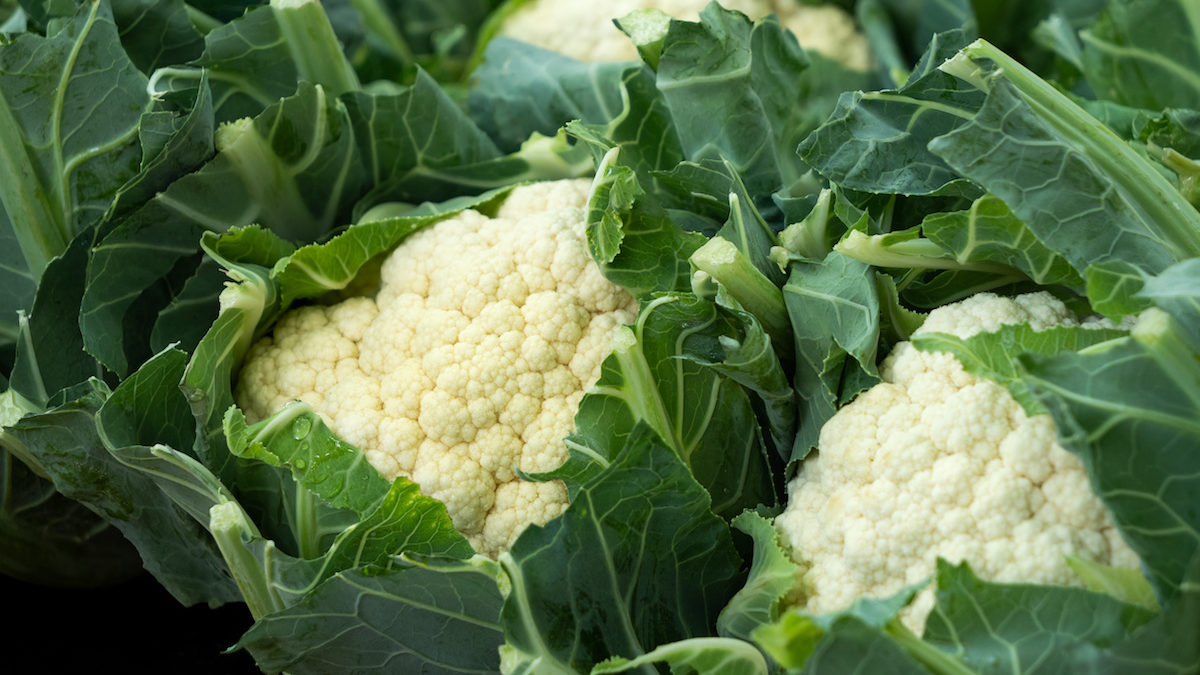
Cauliflower Leaves Are A Zero Waste Treasure Waiting To Be Found
Cauliflower leaves are so often overlooked and thrown away once someone has peeled their cauliflower for a Sunday Roast, but they can easily be turned into a delicious homemade kimchi. Just cover in salt and water for about 48 hours, then rinse the leaves and make a paste of garlic, ginger, rice wine vinegar and gochugaru (a Korean chilli powder).
Cover the leaves with the paste and leave in a sealed jar away from sunlight in a reasonably cool space to ferment. The longer you leave it, the sourer it becomes.
Stop Using Single-Use Plastic
There are lots of sustainable, multiple-use alternatives available that can be used instead of their temporary plastic counterparts, from metal drinks straws to Kilner jars for preserving. In our restaurant kitchens, we’re constantly looking to reduce the use of single-use plastics. For example, we only use recyclable materials for our home delivery service, Hame, and we ensure that our food suppliers deliver their goods in reusable crates that they then take back with them.
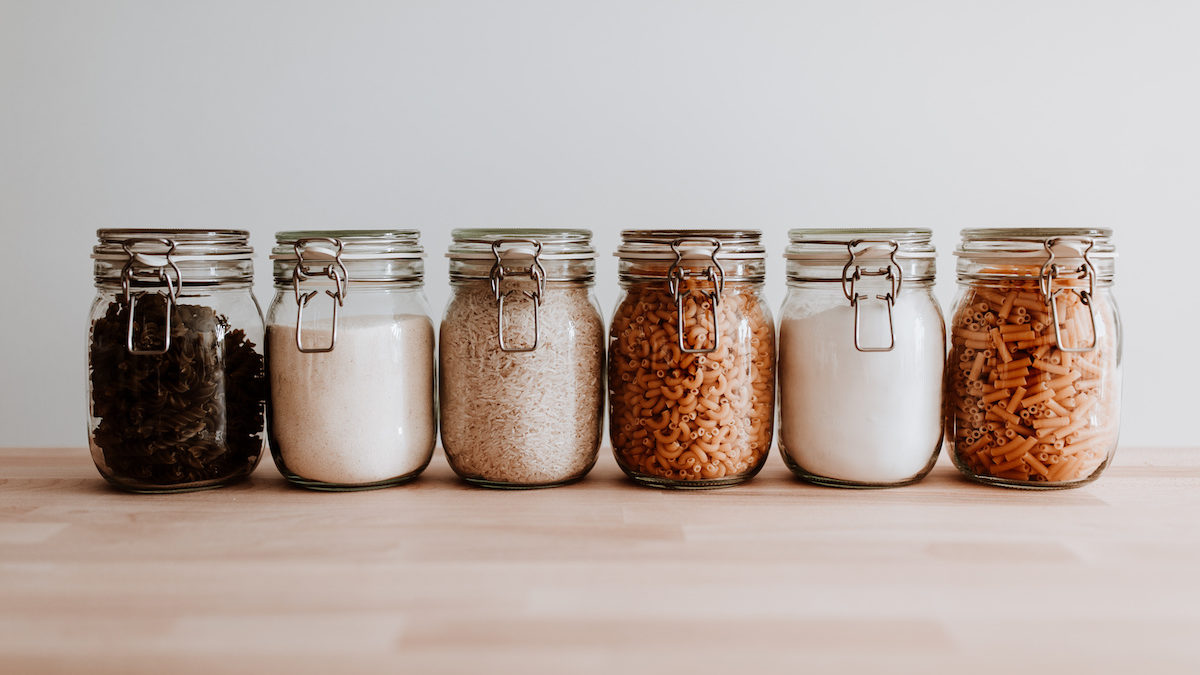
Shopping At Your Local Greengrocer Is An Easy Behaviour Shift
If you can, it’s always best to try and buy seasonally, and that’s harder at supermarkets because they often import fresh produce from all over the world. It makes sense to buy ingredients from as close to the point of production as possible (it means they’re going to be fresher) and cooking with foods that are in season means they’ll be at the peak of their flavour and texture.
As more of the produce at these places is loose, it also means you can take reusable bags, jars and other containers to fill – again, reducing the need for single-use plastics in the food chain.



